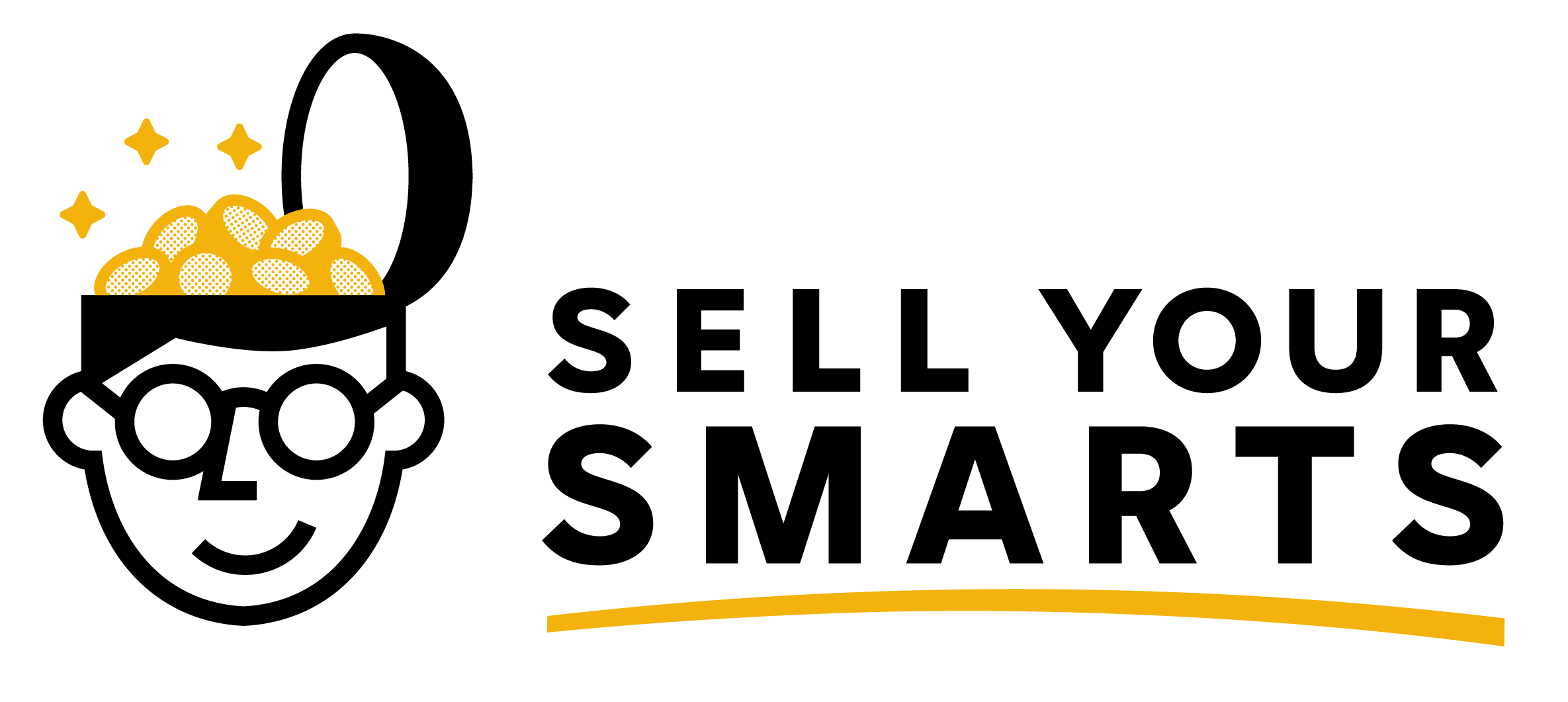We all know people who have serious problems which you could fix, but as far as you can tell they don’t seem to care. Isn’t that the worst?
This might be an awkward-yet-familiar conversation at family get-togethers, where you know Aunt Elaine’s new business idea isn’t going to work but you’re not sure exactly how to tell her.
Or maybe you have told Uncle Gerald that you would love to help him design his new exercise routine, but he shrugged off your offer.
Then there’s the local pastor back home, who doesn’t seem to realize that his sermon is too long and disorganized if he wants to drive home a single point (even worse if this is your dad).
Some version of this experience is normal and gets more frequent as you become an expert with any topic in any niche.
People Don’t See What They Don’t Want
The gap between audience awareness and your expertise is frustrating at family gatherings, but it becomes dangerous when it creeps into your content.
Think about it. What if you had a brilliant product that solves a real problem, but you had an email list of 10,000 people who don’t care?
Ray Edwards developed a framework to explain (and avoid) this very phenomenon: The O.P.E.N. Buyer Awareness Scale.
The O.P.E.N. Buyer Awareness Scale explains the gap we’ve all experienced, by putting people into one of four stages based on their current thinking on the problem that you aim to solve:
- Oblivious: People in this stage have no idea the problem exists, and are completely uninterested in any solution.
- Pondering: People in this stage are aware of their problem, but not worried—although they may think about solving it.
- Engaged: People in this stage are actively seeking a solution to the problem in front of them, which is top of mind.
- Need: People in this stage are desperate, and want an immediate solution. They may try a dozen solutions at once.
Conveniently, these four stages spell OPEN and relate to how “open” your audience is to accepting a solution to their problem.
Uncle Gerald is Pondering a new fitness routine, but not yet completely Engaged. Aunt Elaine may be Oblivious to her problem, in which case you need to let her make the mistake on her own.
Focus On Those Focused On You
You’re wasting your time selling solutions to people in the Oblivious stage, and even Pondering people are a poor use of your time.
Focus your time and energy on customers in the Engaged state of awareness and the Need awareness customers will find you as well.
To be clear, the problem could be exactly the same with each person, and just as severe. Awareness is a completely different factor, and for the most part beyond your control.
Major non-profits and policy groups spend massive amounts of money over decades to increase “awareness” but it’s a long, uphill climb.
As a creator, you’re looking for the path of least resistance, and the most direct route to influence that leads to income, so set your create content and products to serve customers who are already aware and Engaged.
